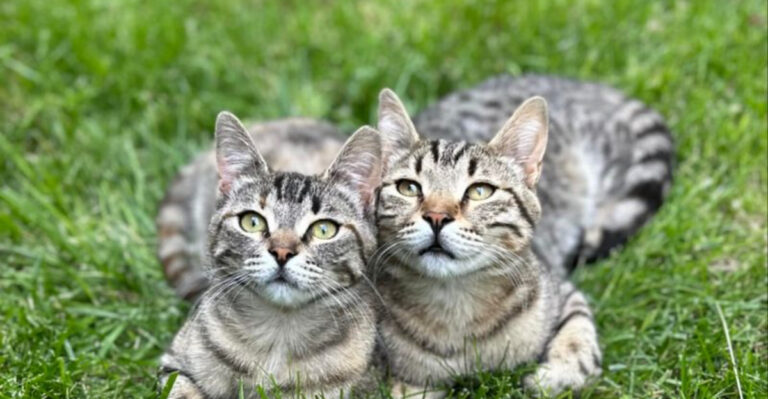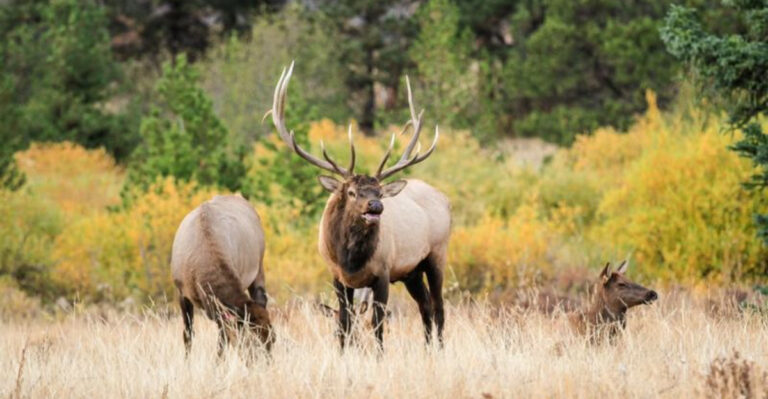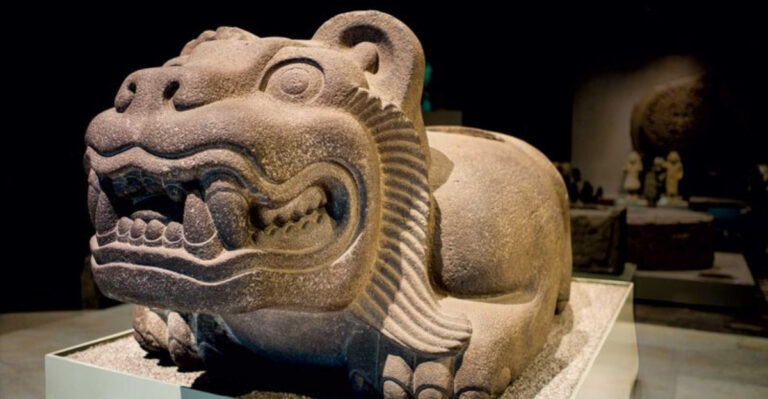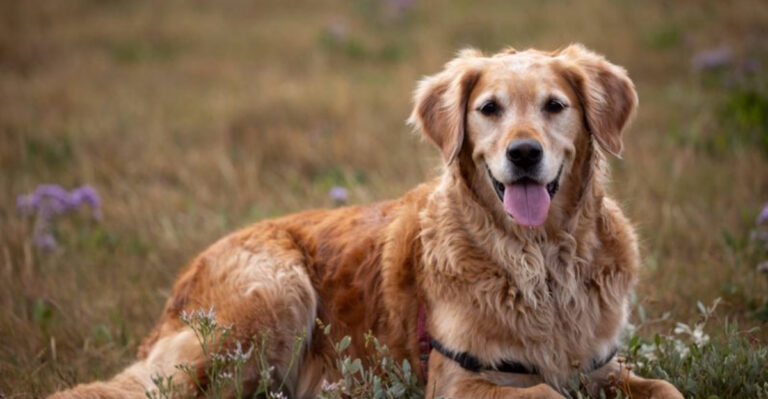These 12 Fish Can Breathe Air And Survive On Land (One Can Even Last A Month)
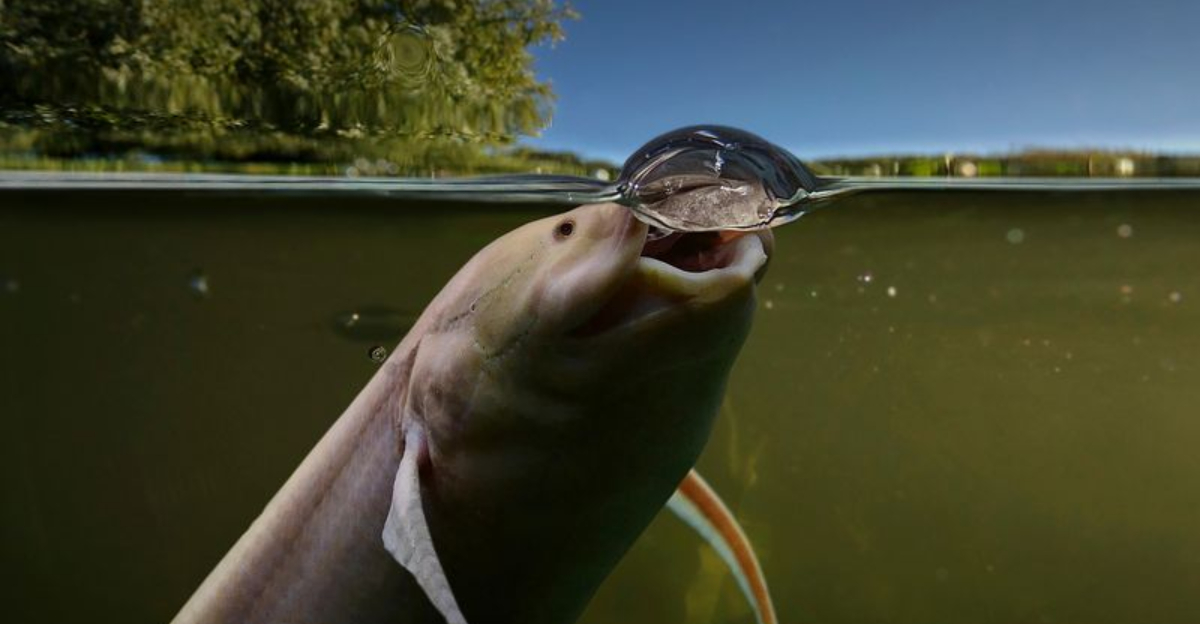
Most fish would quickly suffocate if taken out of water, but some remarkable species have evolved the ability to breathe air and survive on land. These extraordinary creatures have developed special adaptations like lungs, specialized gills, or the ability to absorb oxygen through their skin.
From fish that can walk between ponds to those that burrow into mud during droughts, these aquatic animals challenge our understanding of what it means to be a fish.
1. Walking Catfish
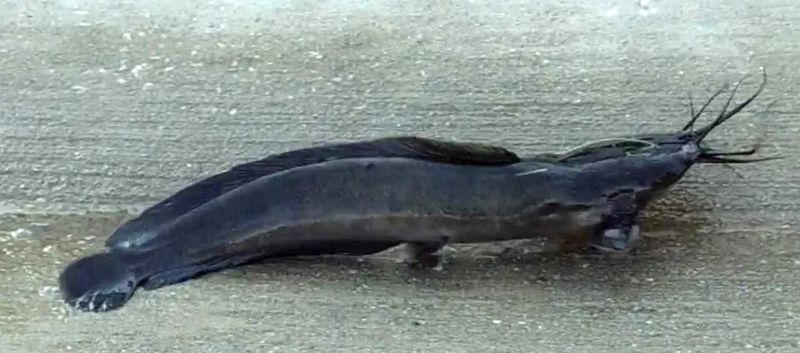
Native to Southeast Asia but now an invasive species in Florida, walking catfish perform remarkable overland journeys. Using their pectoral fins and snake-like body movements, they wiggle across damp ground for impressive distances.
A special air-breathing organ above their gills extracts oxygen from air. During rainy nights, entire groups might migrate together, creating an unusual spectacle of fish literally taking a stroll.
2. Mudskipper
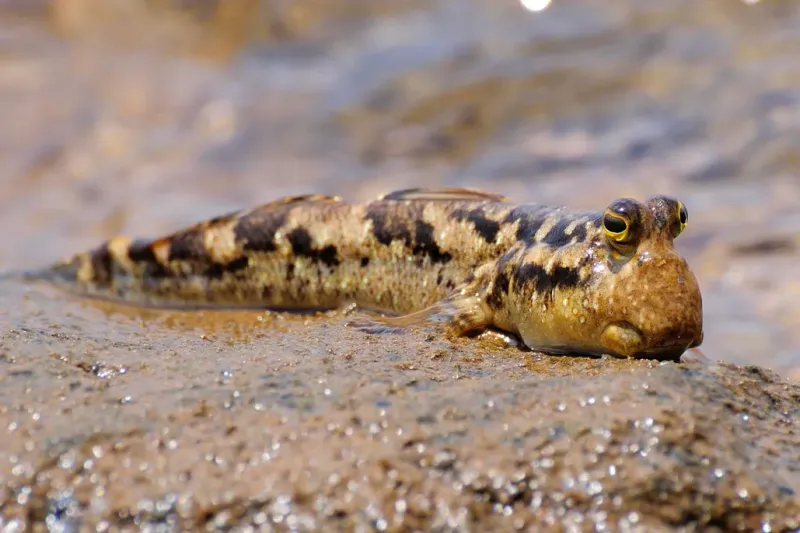
Spending up to 90% of their life on land, mudskippers are truly amphibious fish. Their powerful pectoral fins act like legs, allowing them to hop across mudflats with surprising agility.
Water stored in their gill chambers keeps their breathing surfaces moist. Males build elaborate mud structures to attract females and defend territory. Their bulging eyes positioned on top of their head provide excellent vision both in and out of water.
3. Climbing Perch

Don’t be fooled by its ordinary name—this fish can travel overland for days! Climbing perch have specialized gill chambers that function like primitive lungs, extracting oxygen from air.
Their spiny gill plates help them wriggle forward on land and even climb up tree trunks. Farmers in Southeast Asia often find them in rice paddies that had no connection to other water bodies, having arrived there entirely on their own.
4. Eel Catfish
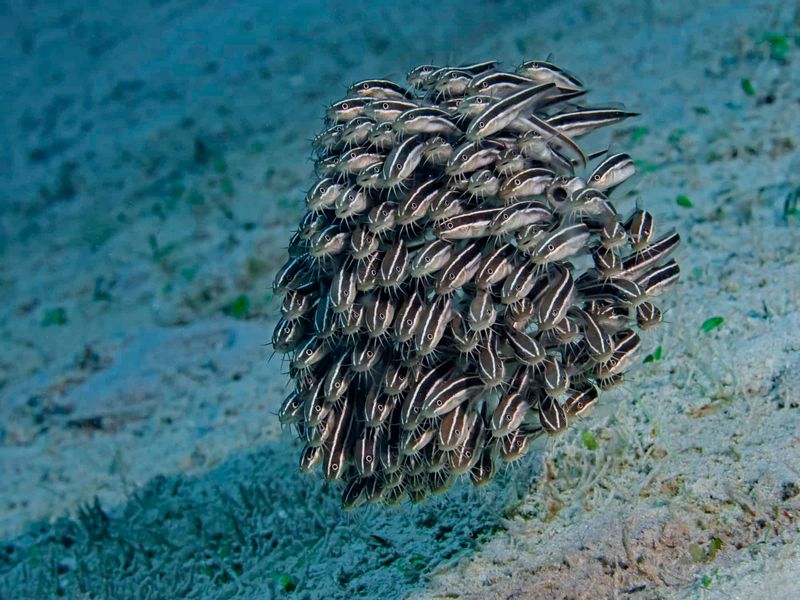
Ambush predators with an unusual hunting strategy, eel catfish sometimes slither onto riverbanks to catch insects! Their elongated body and powerful muscles allow them to move in a serpentine motion across damp surfaces.
Special chambers above their gills retain water to keep their breathing surfaces moist. Unlike many air-breathing fish, they don’t have lungs but instead absorb oxygen through their highly vascularized mouth lining and skin.
5. Bichir
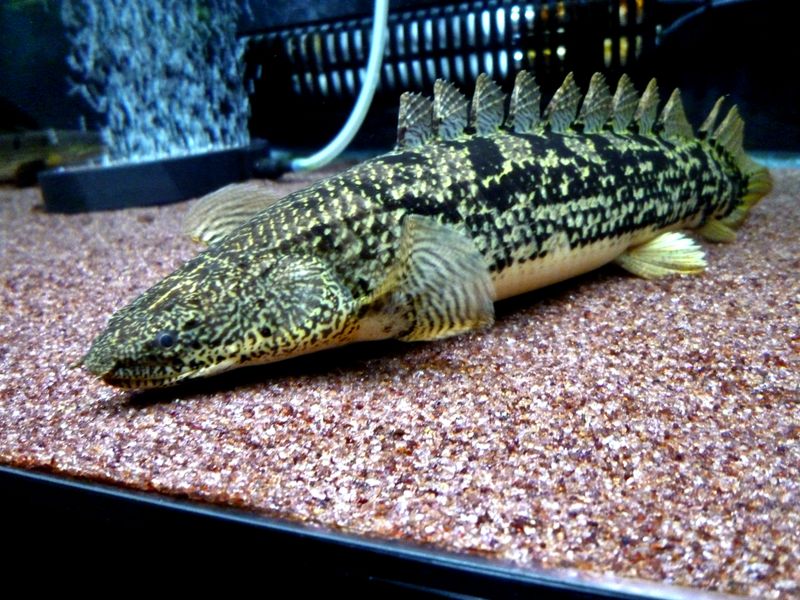
Looking like living fossils, bichirs have remained largely unchanged for over 100 million years. Their primitive lungs complement their gills, allowing them to gulp air at the water’s surface when oxygen levels drop.
Possessing small, leg-like pectoral fins, they can push themselves across short distances on land. Research suggests these ancient fish might represent an evolutionary link between aquatic creatures and the first vertebrates that conquered land.
6. Snakehead Fish

Feared as invasive species in North America, snakeheads are voracious predators with incredible survival skills. Their suprabranchial chambers function as primitive lungs, allowing them to breathe air for days.
Parents fiercely guard their young, even attacking humans who get too close. When threatened or seeking new habitat, they can wriggle across land using powerful undulating body movements. Some species can survive in mud during dry seasons for months.
7. Bowfin

Ancient predators dating back 150 million years, bowfins are living relics from the age of dinosaurs. Their gas bladder connects to their throat, functioning as a primitive lung for extracting oxygen from gulped air.
While not built for extended land travel, they can survive in nearly oxygen-depleted waters where other fish perish. Males guard their young fiercely, with their dorsal fin turning brilliant green during breeding season as a warning to potential threats.
8. Asian Swamp Eel

Despite their name, these creatures aren’t true eels but belong to a different fish family altogether. Their entire body surface can absorb oxygen, allowing them to breathe through their skin when on land. Incredibly adaptable, they can switch between breathing water and air.
During floods, they might leave water to escape predators or seek new territory. Some Asian communities consider them delicacies and farm them specifically because they’re so easy to keep alive out of water.
9. Mangrove Rivulus

Small but mighty, the mangrove rivulus holds the record for longest time a fish can survive out of water—up to 66 days! These tiny fish often leap out of tide pools to escape predators or find new habitat.
They breathe through their skin and can be found hiding in rotting logs, leaf litter, or even coconut shells. Fascinatingly, they can change their sex based on environmental conditions and can self-fertilize if no mates are available.
10. Reedfish
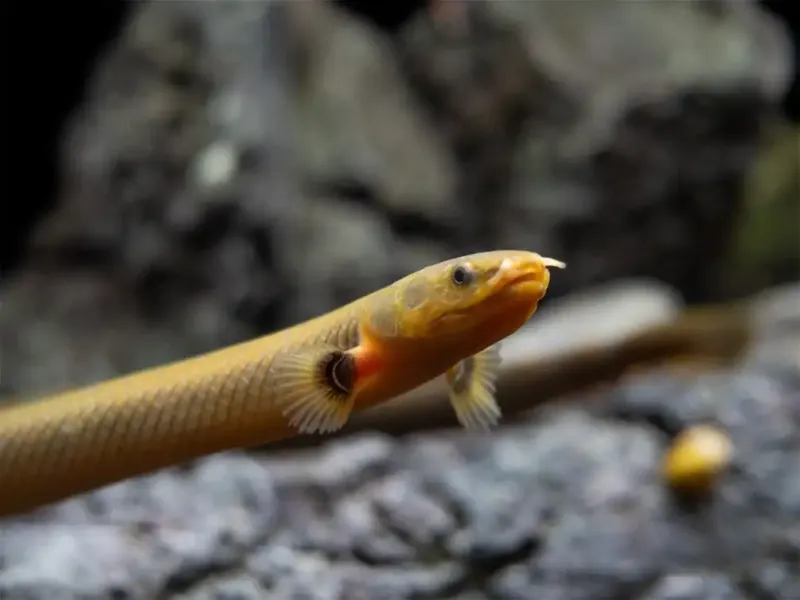
With a body resembling a swimming stick, reedfish are masters of camouflage in their native African waters. Their primitive lung structure allows them to extract oxygen from air when water conditions deteriorate.
They possess a unique swimming style, moving like a rippling ribbon through water. During seasonal droughts, they can burrow into moist soil and breathe air for several days. Their nocturnal habits and secretive nature have made them difficult for scientists to study in the wild.
11. African Sharptooth Catfish

Survivors extraordinaire, these catfish can live in nearly any water condition and frequently travel overland between water bodies. Their specialized suprabranchial organ extracts oxygen from air, functioning like a primitive lung.
During rainy seasons, they’ve been spotted wriggling across flooded roads and fields. Some African communities track these fish migrations as a natural calendar. Hardy enough to survive in mud for extended periods, they’re often the last fish species remaining when water bodies nearly dry up.
12. African Lungfish
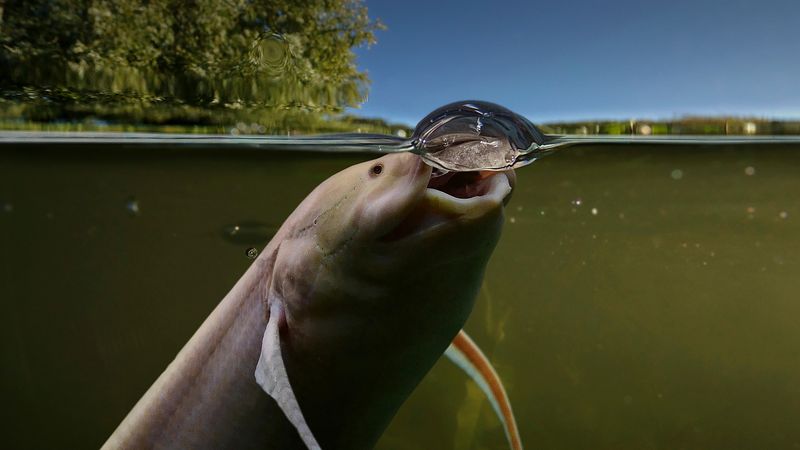
Masters of survival during drought seasons, African lungfish can live up to four years without water! When their habitat dries up, they create a mucus cocoon around themselves and burrow deep in mud.
Their specialized lung-like organs allow them to breathe air while their metabolism slows dramatically. Some species can reduce their energy needs by 60 times during this dormant state.

